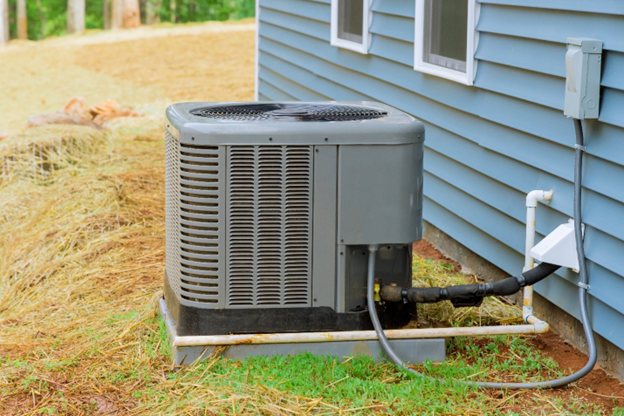Cooling and Heating Degree Days

Credit: matty2x4/Getty Images Signature
The need to cool indoor living spaces depends on the outdoor temperature. The energy needed to cool buildings during warm weather is estimated by “cooling degree days,” while the energy needed to heat buildings during cold weather is estimated by “heating degree days.” For more information, download the Cooling and Heating Degree Days chapter.
What does this indicator show?
Cooling degree days statewide
This graph shows trends in statewide annual cooling degree days, indicating how much warmer average daily temperatures were compared to a reference temperature of 65°F, from 1895 to 2024. Each value is the sum of cooling degree days for that year.*
___________
*Degree days measure the difference between the average daily temperature and a reference temperature, in this case, 65 degrees Fahrenheit (°F). Cooling degree days measure how much the average daily temperature is higher than 65°F; heating degree days, how much it is lower than 65°F. For example, an average statewide temperature of 75°F on one day corresponds to a cooling degree day value of 10.
Heating degree days statewide
Heating degree days in this graph estimate how much cooler the average temperature is than a reference temperature of 65°F. This graph shows annual heating degree days from 1895 to 2024. Each value is the sum of heating degree days for that year.*
___________
*Degree days measure the difference between the average daily temperature and a reference temperature, in this case, 65 degrees Fahrenheit (°F). Cooling degree days measure how much the average daily temperature is higher than 65°F; heating degree days, how much it is lower than 65°F. For example, an average statewide temperature of 75°F on one day corresponds to a cooling degree day value of 10.
- Annual cooling degree days in California increased between 1895 and 2024. Statewide average heating degree days have gradually decreased over the past 60 years. Within California, changes in degree days vary locally.
Why is this indicator important?
- Tracking degree days informs utility planning and construction decisions. A key policy concern with increasing summer temperatures is that many households may not be able to cool their homes adequately to protect health and well-being. This is a particularly important issue for lower-income households, who may not be able to afford the energy costs of cooling, or even have satisfactory cooling equipment available.
What factors influence this indicator?
- Since trends in heating and cooling degree days reflect trends in temperature, the factors that influence temperature also affect this indicator.
As California air temperatures warm, the energy needed to cool houses and buildings may also rise.

Credit: iStock/photovs
Additional resources:
- Cal-Adapt, Cooling and heating degree days
- National Weather Service, Degree Days
- National Oceanic Atmospheric Administration, Climate at a Glance
- US Energy Information Administration, Units and calculators explained: Degree days
